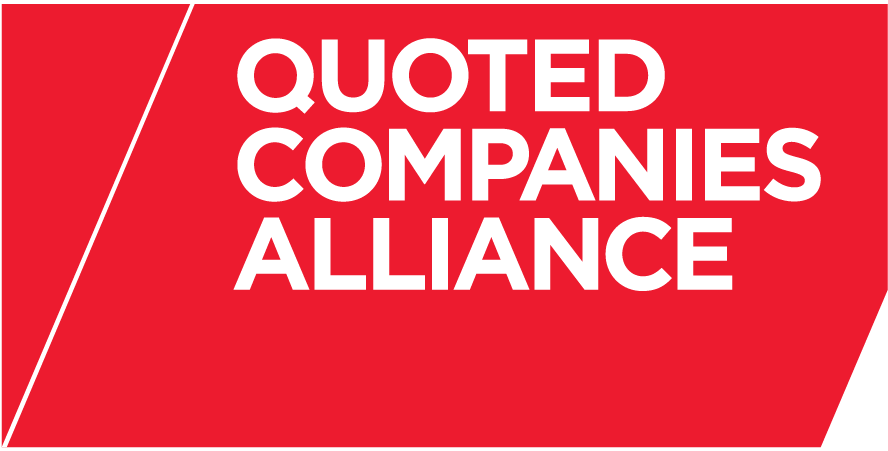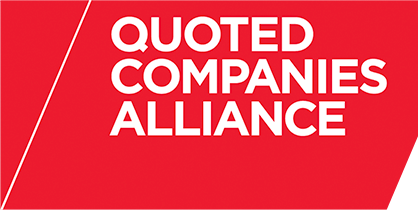“What were the non-executive directors doing?” has to be a key question in the wake of recent corporate upheaval and failures. Is it time to question afresh how effectively governance protocols and practice safeguard shareholder value? Some, including Lord Myners, are now arguing that corporate governance should be less narrowly defined around Combined Code compliance.
In a recent Financial Times article, Keith Skeoch of Standard Life and Chairman of the ABI Investment Committee seemed to be urging investors to act unapologetically like owners by questioning the business model and management's alignment with shareholder interests. For their part, management need actively to engage with shareholders.
This call from such a leading investor suggests both parties have to do more. To be in a good position when seeking more capital or to avoid subsequent difficult questions when things go wrong, non-executives need to be fully up to speed with their part of the bargain and perhaps rethinking their role and responsibilities. The alternative might well be more regulation.
The attitude and style of the Chairman, CEO and CFO are critical to this process. Investors rightly want a top team with confidence in its strategy and ability to deliver. But true engagement between shareholders and all the directors requires openness, good information flow, trust and a shared vision.
Good information flow appeared not much in evidence recently when theCEO of Marks & Spencer was allowed to flout one of the core tenets of best governance practice by his elevation to Executive Chairman. Legal & General have recently let it be known that at RBS last year the board failed to engage with demands for the both CEO and Chairman to leave but did rather lamely “note concerns”. Similar examples in every size of company are all too common.
Some feel that boards pay scant attention to minority interests by, in effect, dividing and ruling their shareholders when they fail to agree a common cause. But major investors seldom attend company meetings preferring instead ‘one-to-one’ sessions with company management. A recent treasury select committee hearing concluded that such behind-the-scenes consultation may not work.
Where investors do attend the AGM and other company meetings, there will be connection with the whole board, including the non-executives, and the opportunity to experience the board dynamic. Investors can really benefit from seeing the company from another view other than through the optic of the CEO and from being directly exposed to the views of other shareholders.
In the US investors will go to the law to protect their interests, but in the UK they are often extremely reticent to ‘rock the boat’ by raising issues publicly. But the directors and especially the non-executives are responsible for ensuring that they avoid the risk of such action by proper engagement. If this does not happen many now consider shareholder activism in its various degrees is much more likely, particularly when boards carry on regardless of well-based concerns being raised.
As Keith Skeoch identifies, investors should not stand back from confronting issues with boards and individual directors where interests are misaligned. Non-executive directors keen to be at the cutting edge of best practice might want to take the initiative by making the first move. It might just be time for footwork more in the style of Fred Astaire, rather than that of John Sergeant to avoid the dragging, let alone screaming.
Barry Gamble built an innovative environmental services business, fountains plc. He is now pursuing a portfolio career and has a number of advisory and non-executive roles. He has wide City experience including as an AIM company director. He also speaks and writes on finance, investment and business strategy.

